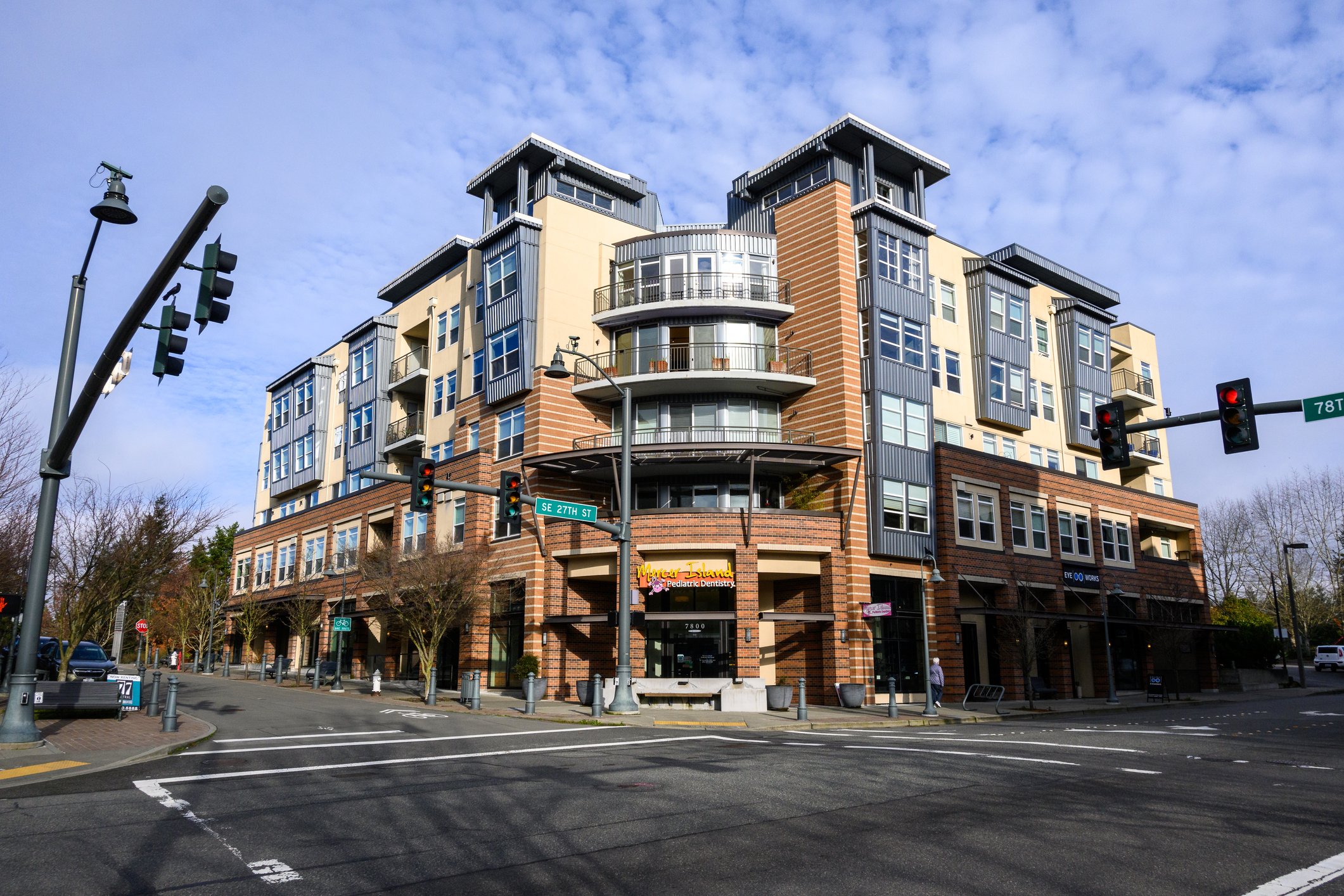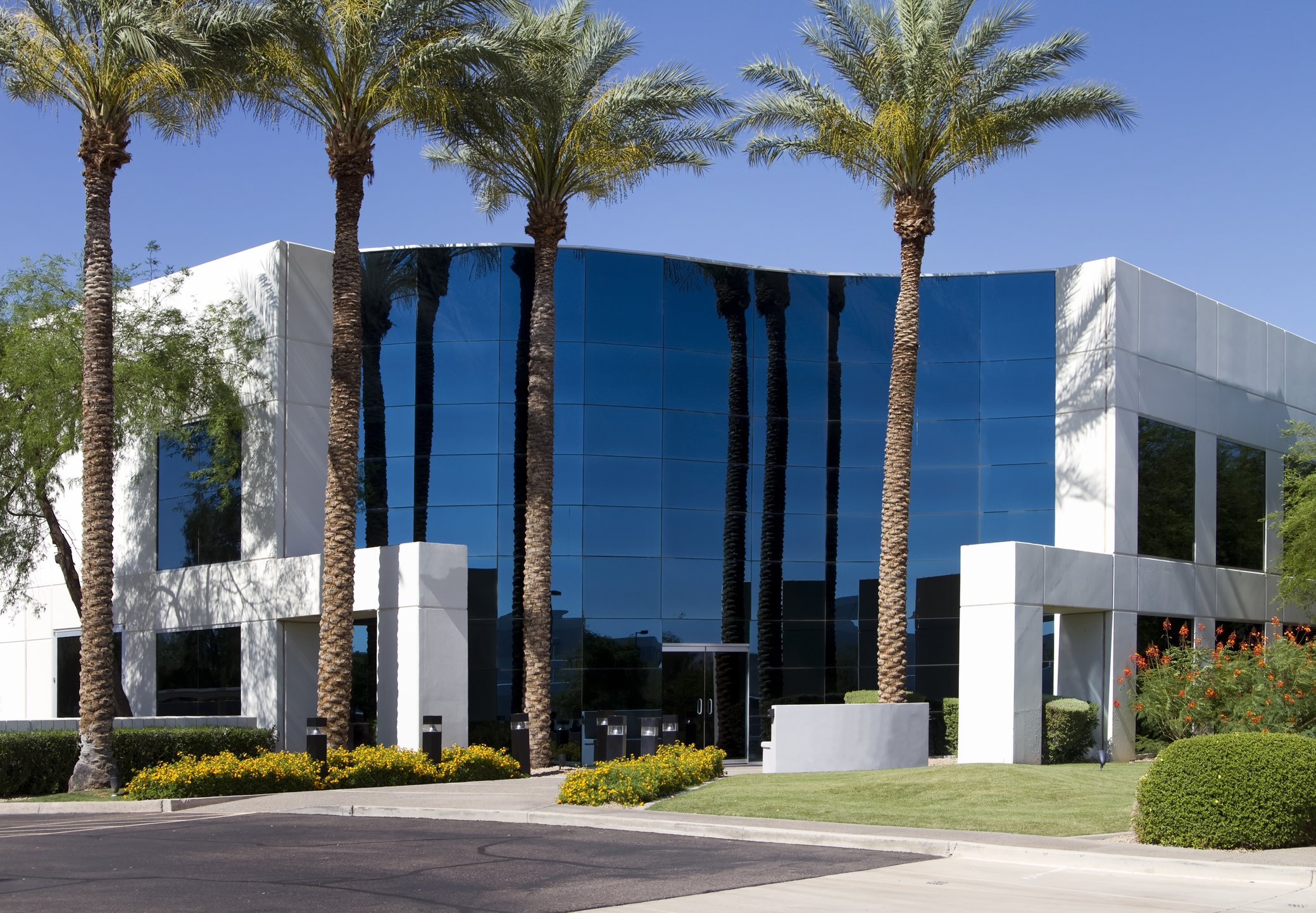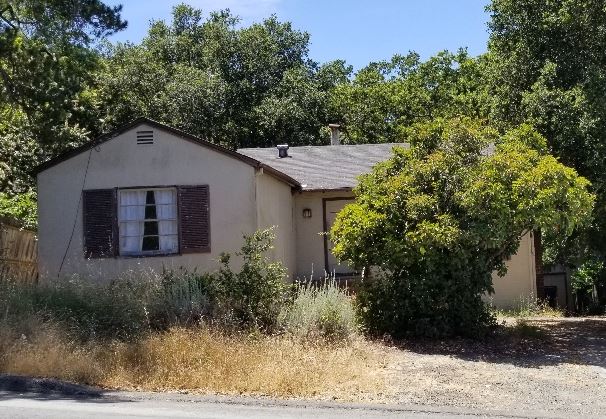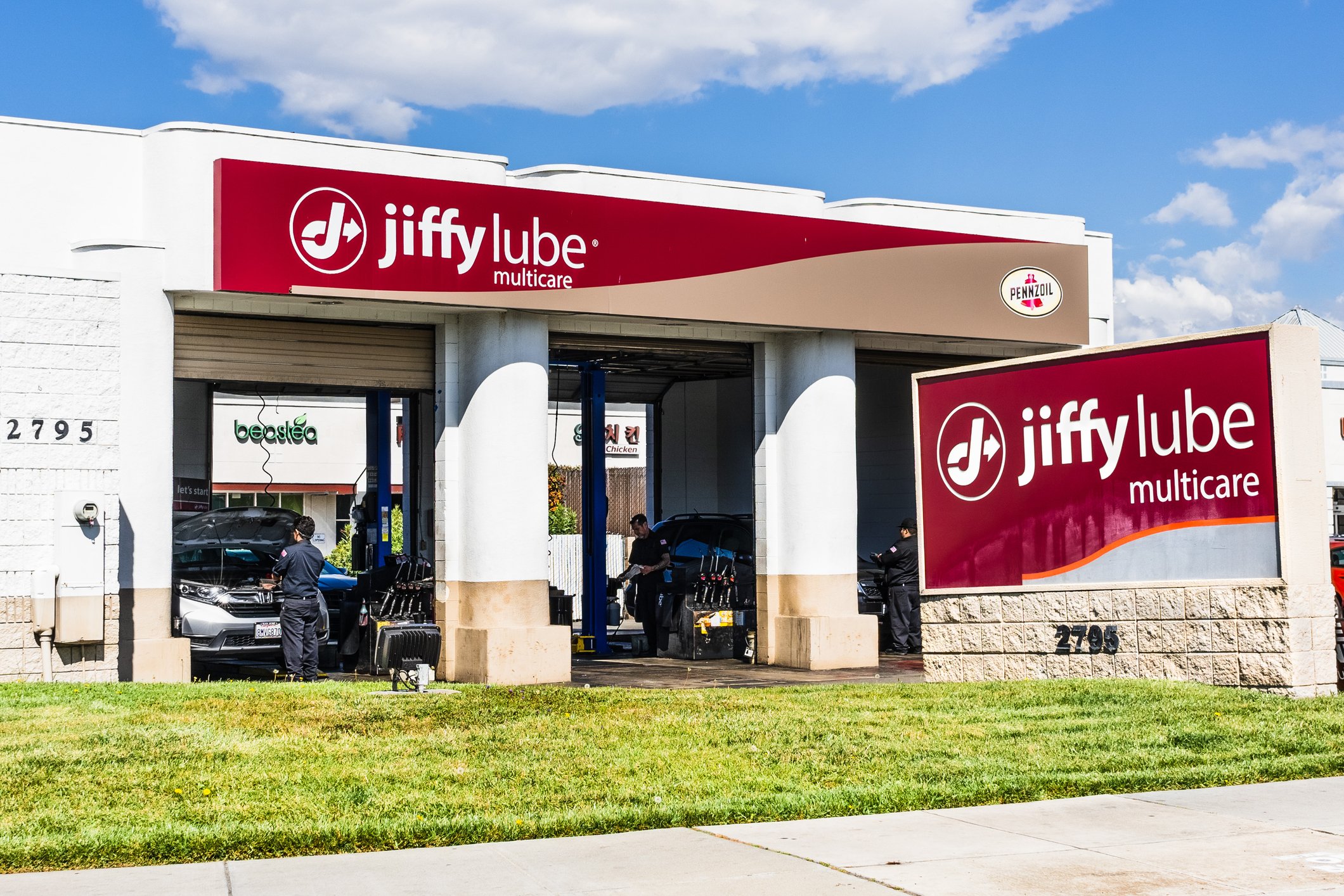Pros and Cons of Office Building Hard Money Loans
Navigating the world of real estate investing often involves finding the right financing that fits your unique circumstances. Among the options...
4 min read
 Ted Spradlin
:
Jul 10, 2023 9:02:35 AM
Ted Spradlin
:
Jul 10, 2023 9:02:35 AM

Real estate investors have a variety of funding options available for purchasing mixed-use buildings, including short-term private bridge financing. Hard money and private money loans are an alternative that investors can consider when their finances, or properties, pose challenges to securing bank financing.
This article will dive into the benefits and drawbacks of mixed-use investment property hard money loans, equipping you to make the right short-term bridge financing decisions for your investments.
I admit that I have an inherent bias here. I’ve been originating hard money loans for over a decade and my company, First Capital Trust Deeds (FCTD), is approaching the $3 billion milestone in hard money loan originations. FCTD has worked with a spectrum of investors and borrowers across countless situations, giving us insight into how hard money loans can be effective in the right circumstance.
One of the main features of hard money loans is that they can close quickly. With a mixed-use bridge loan, you can expect the loan to close as soon as three days if you have a hard deadline to meet. However, 10-14 days is more in line with most transactions.
The three-day hard money closings are usually due to a last minute bank loan credit denial, where the borrower needed to immediately pivot to hard money to close on time. In these situations, the borrower needs to be prepared with a full loan file with title, escrow, vesting, payoffs, earnest money deposit, down payment funds, appraisal, and all financial documents available. To move on the hard money loan, we need either a site inspection or appraisal review by the lender before drafting loan docs, which FCTD manages for the majority of our trust deed investors.
If you’re buying a mixed-use building with a high vacancy rate, it may take a year or two to stabilize the property and produce income tax returns that reflect its improved performance. Hard money loans can be adjusted to the unique circumstances of the property and/or borrower. Most hard money bridge loans are written for 12 months. However, for high-vacancy properties, you can obtain a 24-36 month term to give you time to stabilize the property and apply for bank or CMBS financing.
Hard money loans are based on the value of a hard asset — the real estate. Private money loans, on the other hand, build upon the hard asset value and review the financial performance of the building and the borrower, including liquidity, credit, background and experience.
Most of the time, private lenders base the loan amount on the building's value. Low occupancy, limited liquidity, or one-time personal credit hits can prompt the lender to reduce the Loan-To-Value (LTV) by 5-10% to limit their risk.
Appraisal requirements are determined on a case-by-case basis. FCTD works with many individual trust deed investors, family offices and mortgage funds that don't require a formal appraisal. In these instances, a lender may do a site inspection, meeting the borrower at the property for a 10-15 minute walkthrough. Other times, they'll order a Broker Price Opinion (BPO) or call a commercial real estate broker who knows the area to get their insight into the subject property.
After construction is complete on a mixed-use building, where the developer is retaining the ground floor for retail while selling the residential condo units, they can pay off the construction loan with a private money bridge loan during the marketing phase.
It’s common to see private money lenders structure bridge loans on finished projects in the following way:
There are many ways to structure the loan and per-unit release prices. The borrower and lenders need to ensure that everyone understands the project and the needs of all the principals.
Hard money loans are the fallback position when the mixed-use property or the borrower can't qualify for bank or CMBS financing. Below, we’ll look into the reasons why hard money financing is that second or third choice for a real estate investor on their mixed-use property.
Hard money loans have higher interest rates compared to bank or CMBS loans. The interest rates are usually 200-300 basis points (BPS) higher than bank loans. Therefore, the higher interest expense will cut into the return on investment or profitability of a mixed-use commercial building.
In addition to higher interest rates, hard money mixed-use mortgages may have higher upfront fees in the form of points and other loan charges. Most experienced investors who have used hard money are aware of the higher upfront fees.
However, this isn’t always the case. FCTD has a deep network of private lending sources. Some of our trust deed investors, who prefer lower leverage loans at 50-55% LTV, don't charge any upfront fees or only 0.25% to 0.50%. Add a broker origination fee, and you’re looking at comparable upfront fees to bank and institutional loans.
In some cases, a 12-month hard money bridge loan with a looming balloon payment may not be long enough for a borrower to either sell a property or refinance into long-term institutional financing. Private loans can extend to 36 months if the situation calls for it. Usually, the upfront cost and interest rate will be higher than for a 12-month bridge loan. Hard money lenders like turning their money over every year, and therefore prefer 12-month loans. The longer a loan is out, the higher the risk of default.
Real estate investors, builders and developers should know the pros and cons of hard money loans for mixed-use buildings prior to going this route. FCTD’s experience with hard money commercial loans on mixed-use properties have shown both the benefits and drawbacks. We understand that hard money loans are the fallback financing position when bank financing is not an option. The goal is to mitigate the costs and the risks a borrower faces when using a hard money bridge loan prior to selling or refinancing their mixed-use property.

Navigating the world of real estate investing often involves finding the right financing that fits your unique circumstances. Among the options...

A private money loan is a type of short-term loan that is funded by private individuals (trust deed investors), family offices, or private mortgage...

Automotive building hard money bridge loans can be a useful short-term financing option for owner-operators and real estate investors who need fast...